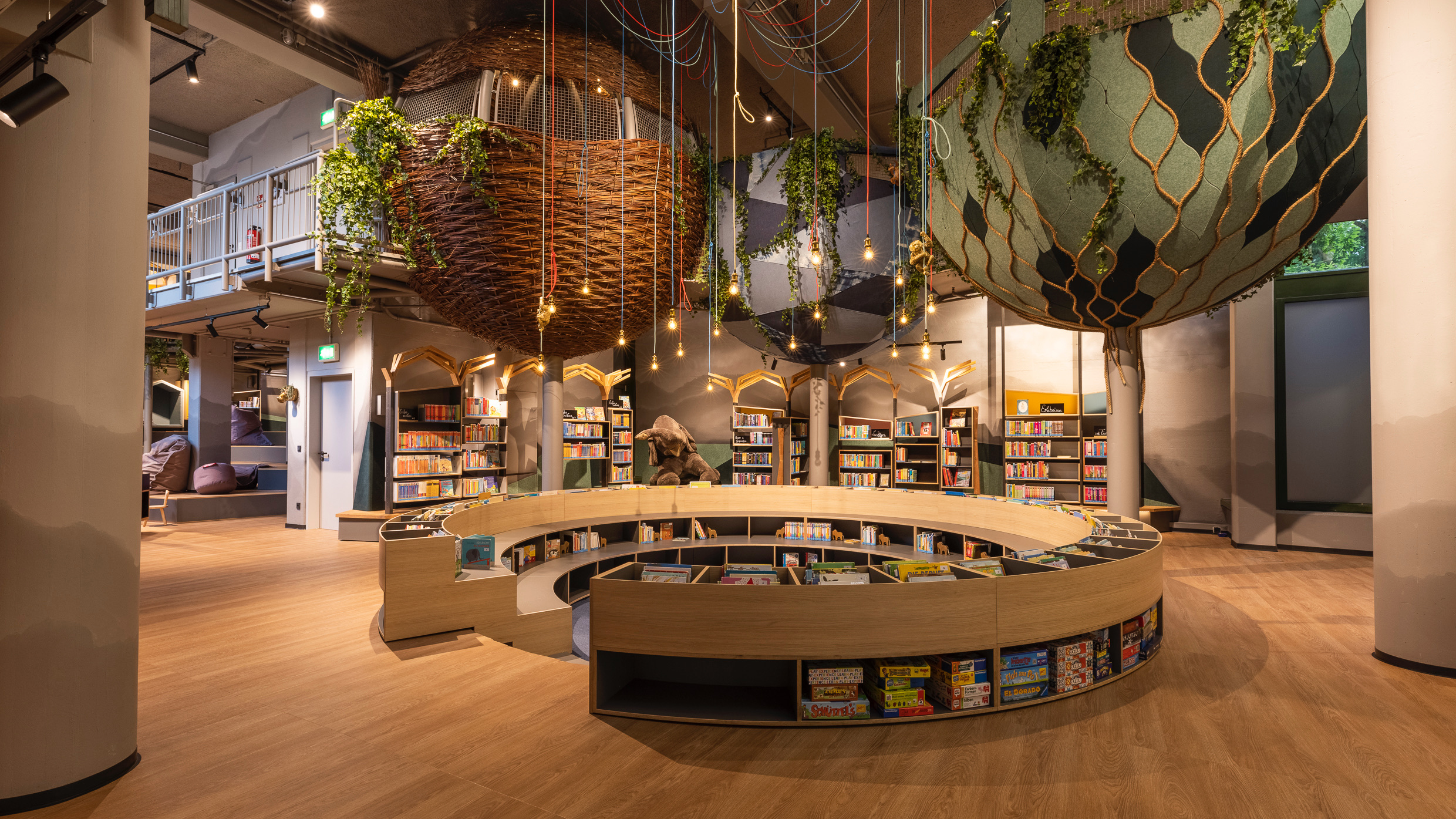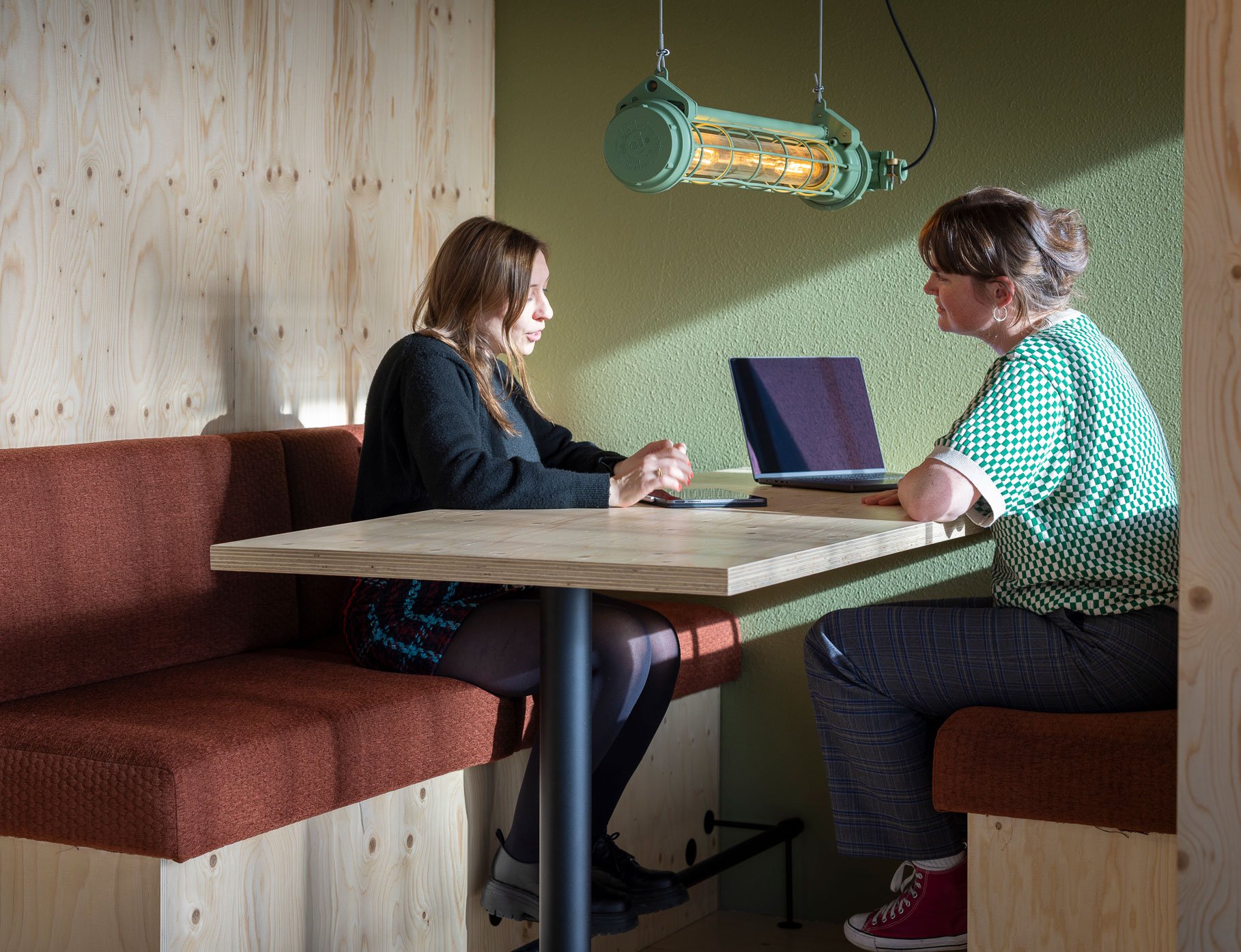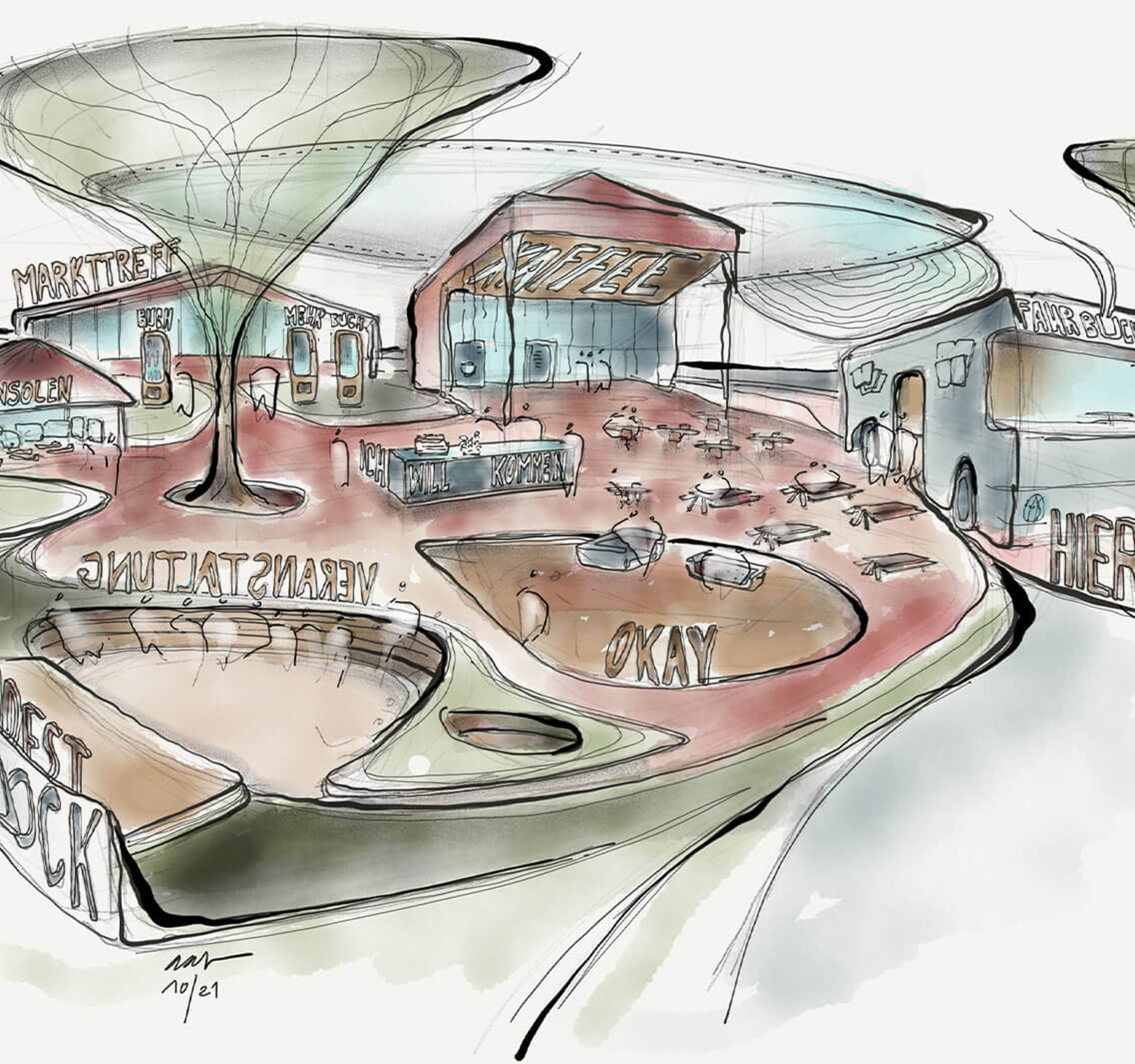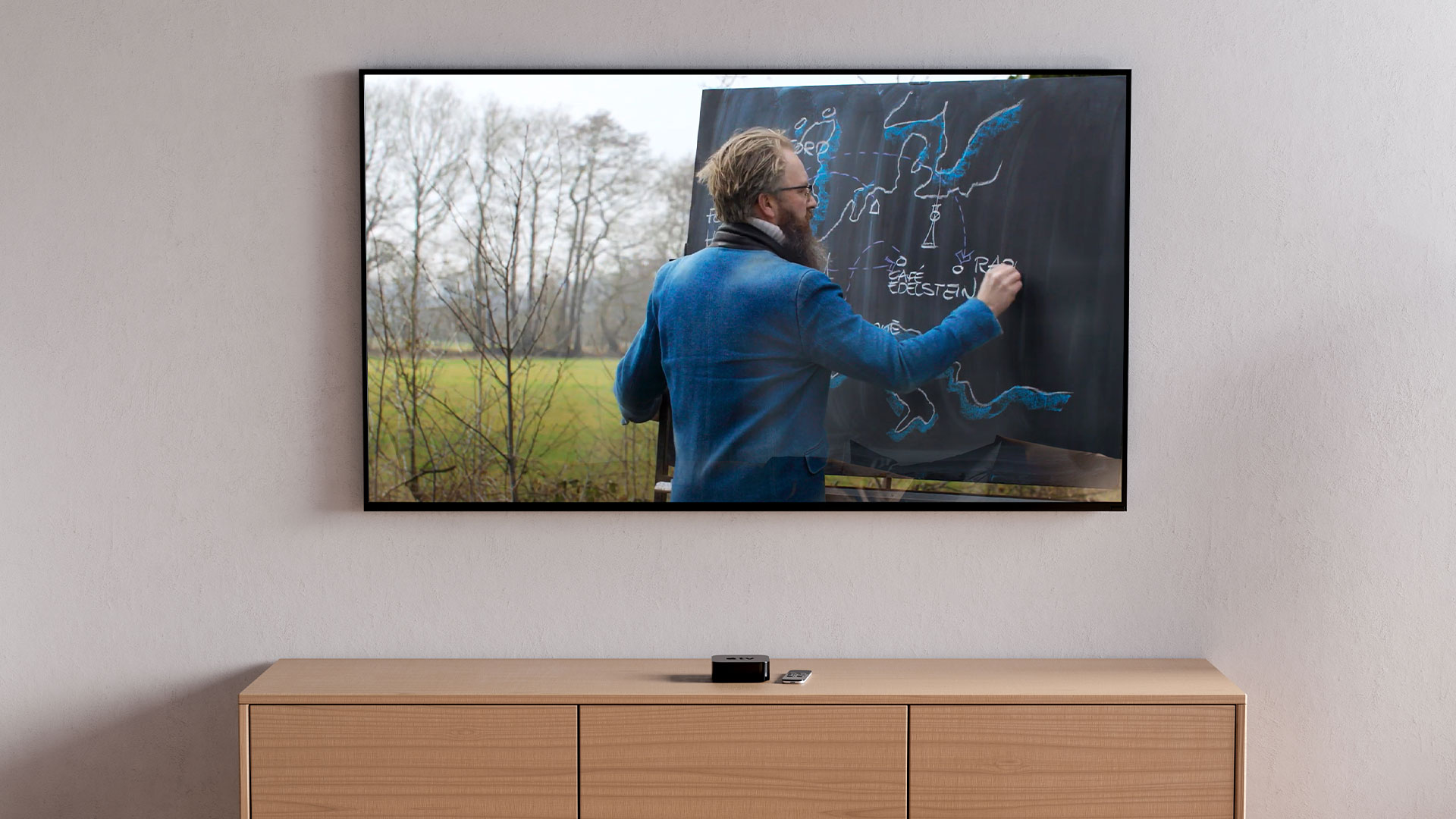Solving the mobile mystery
The Bücherei Zentrale Schleswig-Holstein was running a development program funded by the Hoch Drei organization in Germany. The goal of the program, which stretched from 2020 to 2021, was to discover in what way mobile libraries can transform into mobile third places for all. Whereas the original definition of a third place by Ray Oldenburg is anything but mobile, this conceptual question demanded a more experimental approach.
How can a mobile library, venturing through rural landscapes, create a third-place impact? It is clear that every society, every community really, needs third places for more than just a few hours a week. Can a mobile library meet this societal need, and if so, to what extent? What is flexible and what is fixed? This mobile mystery calls for some research.
Exploring tiny third places
We are convinced that – if a mobile library can contribute to the social infrastructure of society – both sides have to make it work: the mobile library on the one hand and a docking station on the other. Meeting the minimum conditions for this ‘port’ will be the key to the successful arrival and initiation of our mobile library as a third place. To inspire the process and add to our knowledge base on third places in rural areas, we went online to do some research.
We long-listed some fifteen very tiny examples of third places ‘avant la lettre’ in the rural areas of Western Europe. Here, we learned more about ‘when-all-is-gone—then-this-is-the-absolute-minimum-you-should-still-have-in-your-community’ aspects of a third place. We embarked on a mid-COVID set of Zoom interviews with five of these initiatives. We spoke to users, staff and management.
Size doesn’t matter
These tiny but mighty initiatives are captured in our beautiful mini-documentary showing the huge impact and importance of third places in rural areas, no matter how insignificant they might seem. If you’re ever doubting the necessity of small social places, watch how something so small can get so social.

Discover our inclusive places



